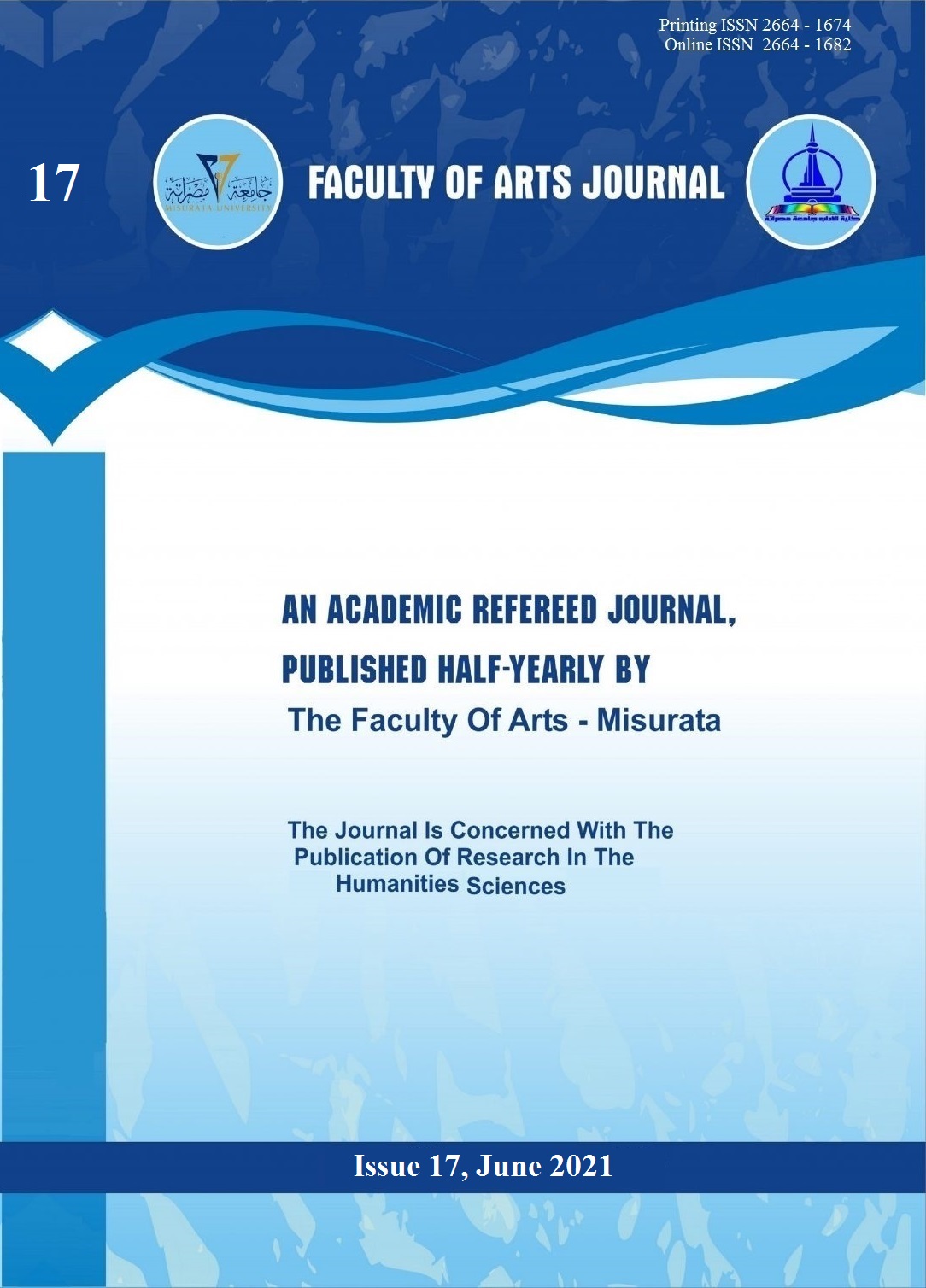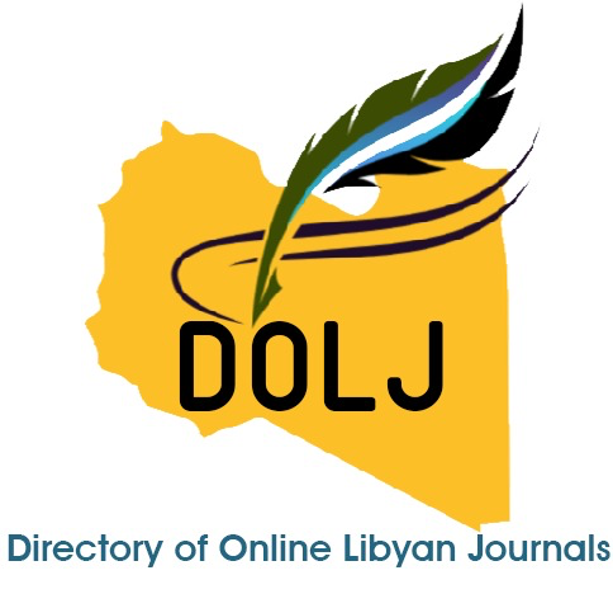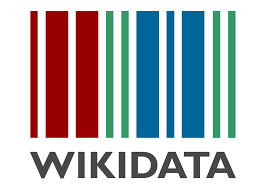The human perceptual powers of Aristotle
DOI:
https://doi.org/10.36602/faj.2021.n17.01Keywords:
Sense, Soul, Aristotle, MindAbstract
The human perceptual powers of Aristotle are among the natural sciences that I care about, especially since they are the focus of his natural assets, which lack bodily organs.The soul, being the basis of the perceptual powers of man, is also a general principle of life in which animals and plants also share despite their different ranks in the ladder of physical existence.However, according to Aristotle, this human being is the only one who uses the cognitive act according to which his knowledge of the duality of form and matter is represented through his possession of the mind in its two parts: The first is "passive practical" who accepts the sensual images that come to him, and is like the substance, except that it has no positive function. The second is the "effective theoretical" by which man extracts things from the state of negative perceptual images to the state of mental perceptions, and that is through the motive force and its relationship to pleasure and movement, and all this occurs according to the principle of the imagination towards which the motive force moves.
References
بدوي، عبد الرحمن (1984). موسوعة الفلسفة. ج 1. المؤسسة العربية للدراسات والنشر.
برهييه، إميل (1987). تاريخ الفلسفة اليونانية. ط2. (ترجمة: جورج طرابيشي). دار الطليعة للطباعة والنشر..
ستيس، وولتر (1984). تاريخ الفلسفة اليونانية. (ترجمة: مجاهد عبد المنعم مجاهد). دار الثقافة للنشر والتوزيع.
طاليس، أرسطو (1998). الأخلاق النيقوماخية. (ترجمة: أبوبكر إبراهيم التلوع). منشورات جامعة الجبل الغربي.
طاليس، أرسطو (2015). كتاب النفس. (ترجمة: أحمد فاد الأهواني). المركز القومي للترجمة.
فخري، ماجد (1999). أرسطو طاليس. ط4. دار المشرق.
قرني، عزت (ب ت). الفلسفة اليونانية. جامعة عين شمس.
كرم، يوسف (1966). تاريخ الفلسفة اليونانية. ط5. مكتبة النهضة المصرية.
Downloads
Published
How to Cite
Issue
Section
License
Copyright (c) 2021 مفتاح سليمان أبوشحمة

This work is licensed under a Creative Commons Attribution 4.0 International License.
All works published in this journal are licensed under the Creative Commons Attribution 4.0 International License (CC BY 4.0), which permits use, sharing, adaptation, and redistribution for any purpose, including commercial ones, provided that proper credit is given to the original author and source, a link to the license is provided, and any changes made are indicated.

















